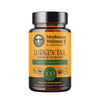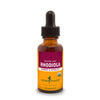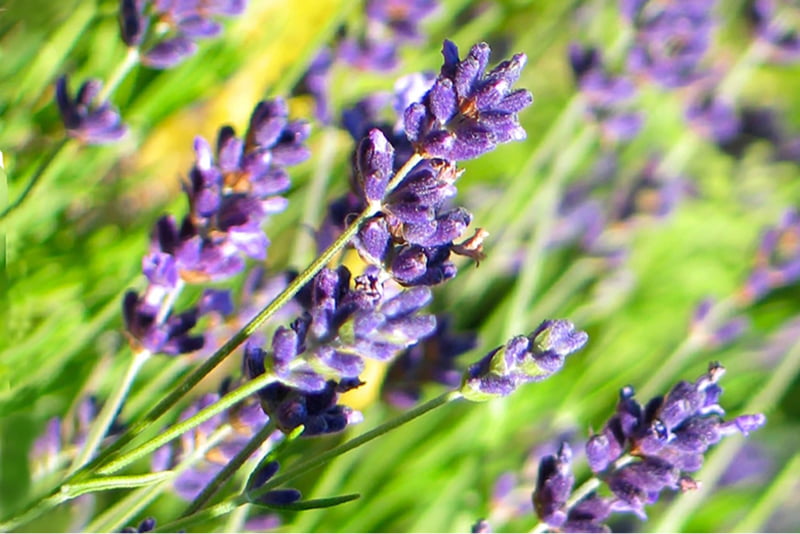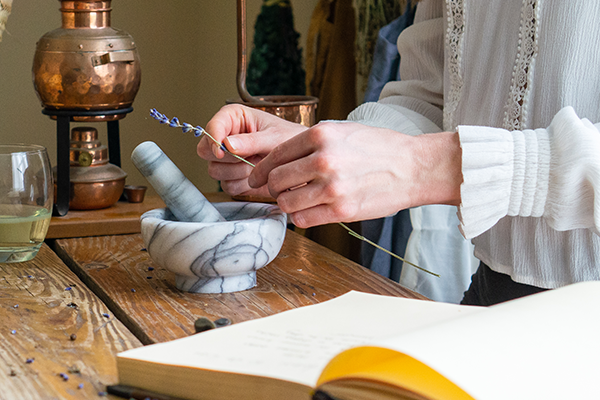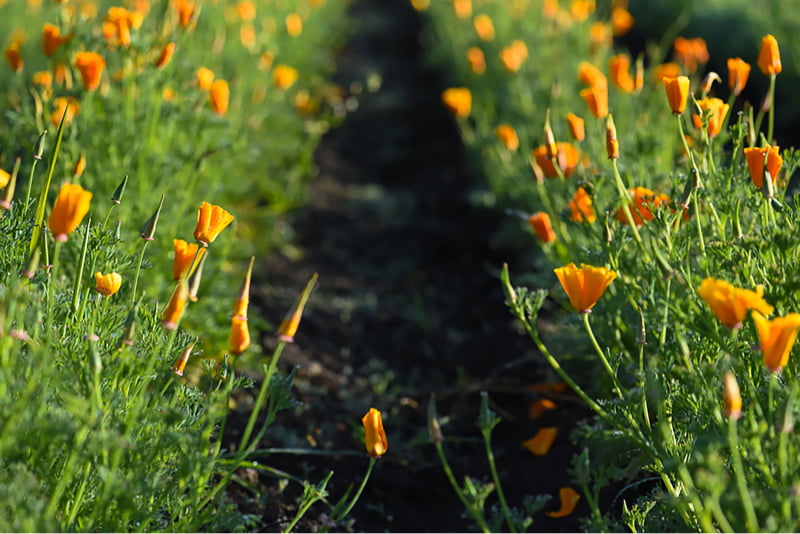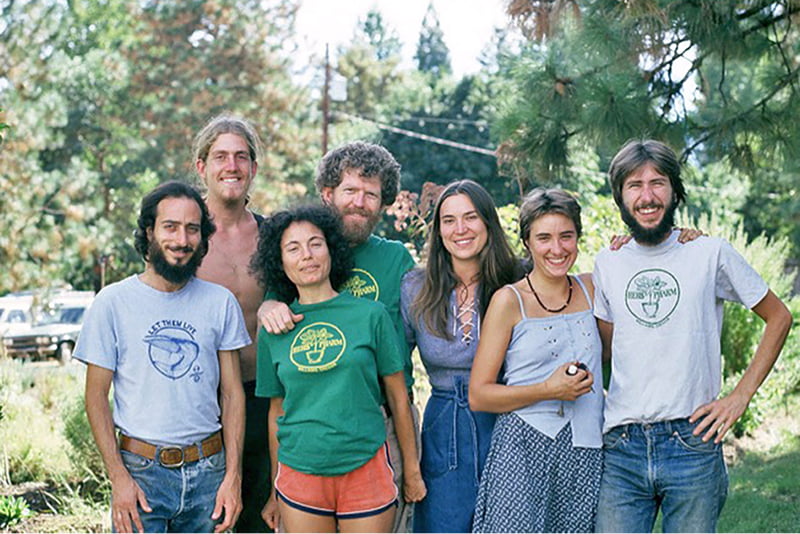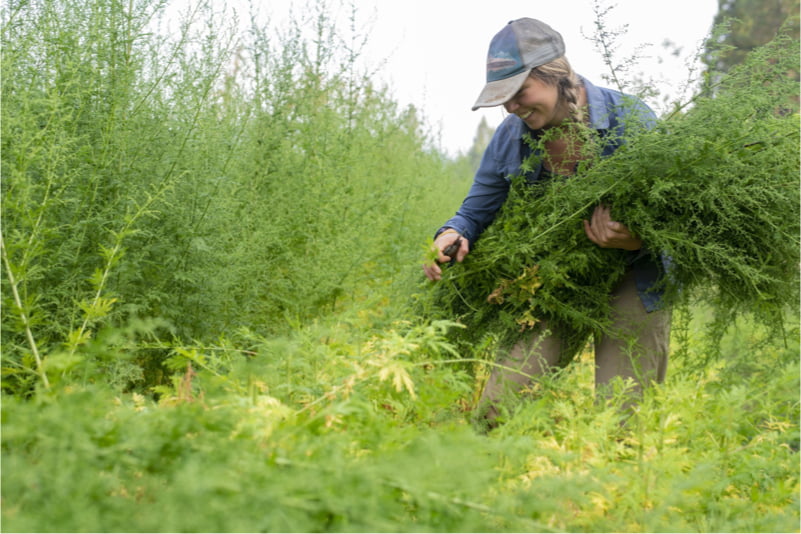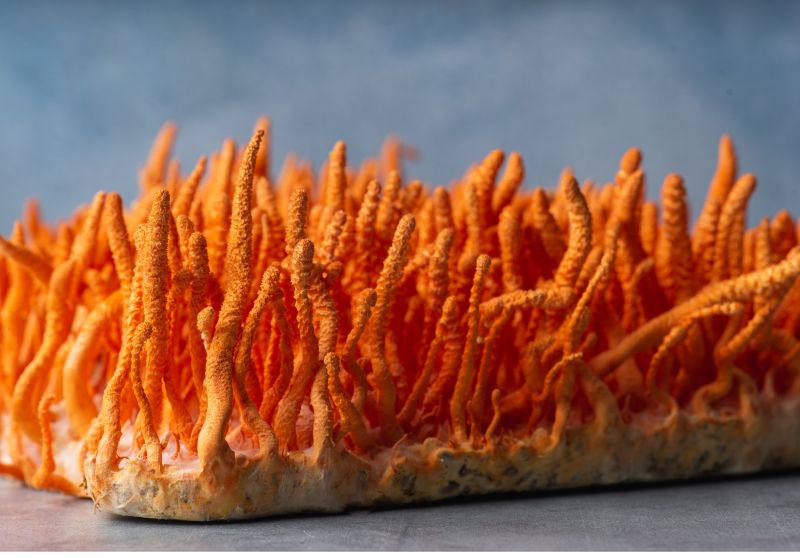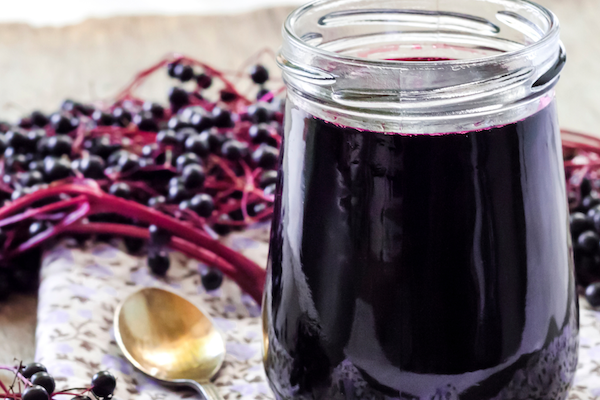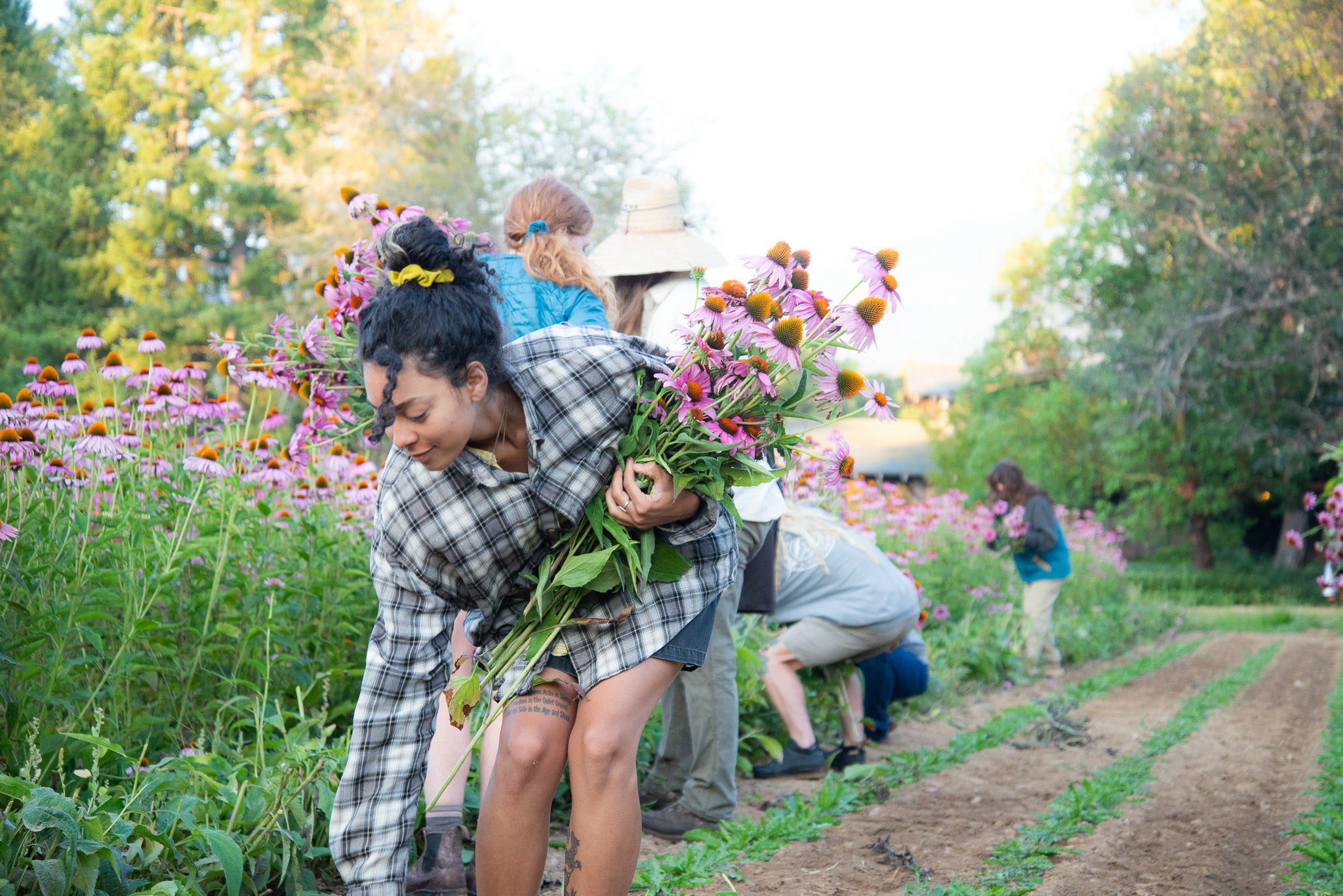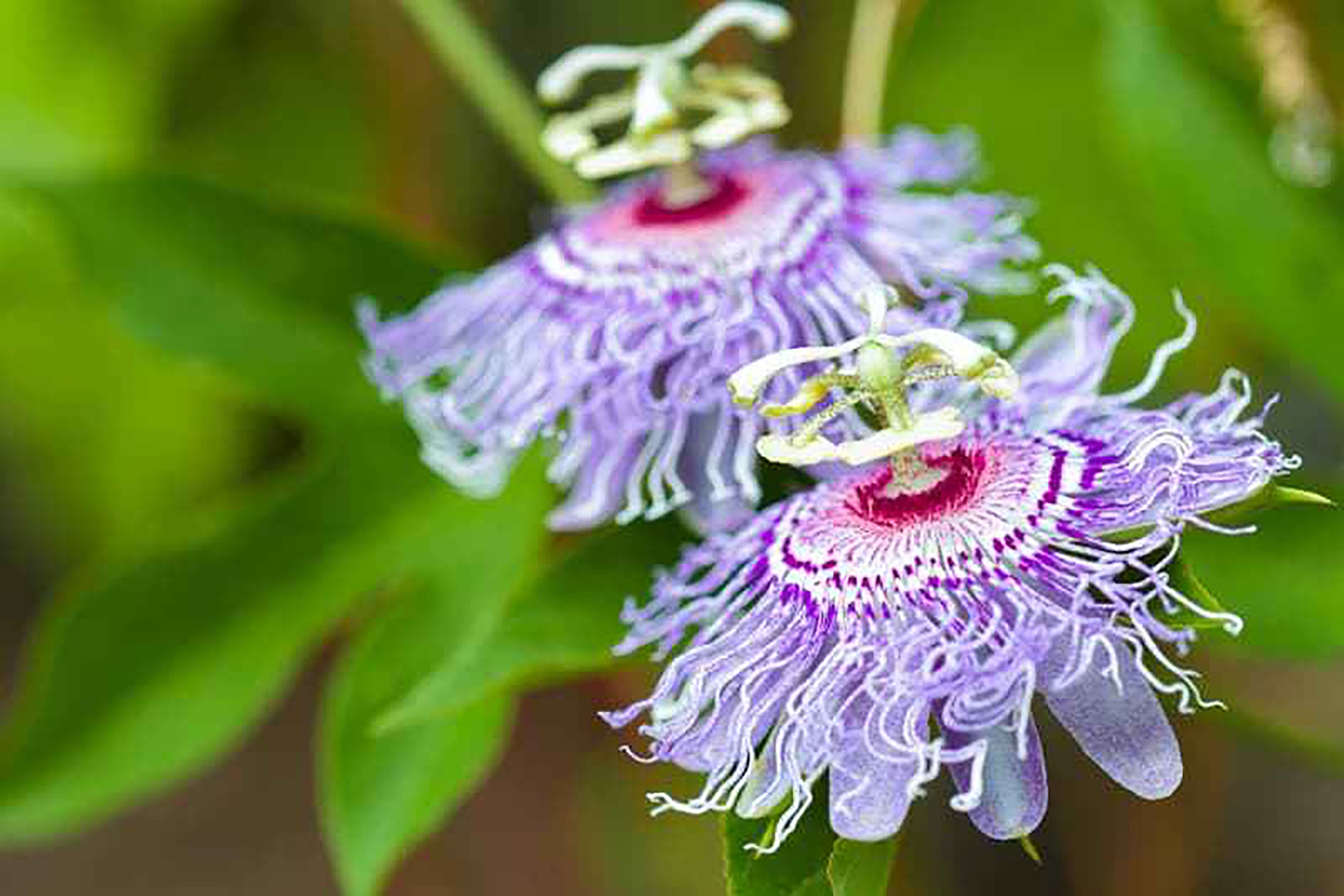Artichoke is indigenous to the Mediterranean, northern Africa, southern Europe, and the Canary Islands.9,12 It has been introduced to the west coast of the U.S.2 A garden escapee, the plant is listed as invasive in the state of California and parts of Arizona, Colorado, Oregon, and Washington.13
In the 1850s, French immigrants brought the Cardoon Artichoke to the Louisiana Territory and it was also introduced to California by the Spanish settlers.9
For a viable plant, the best growing conditions are full sun and a moderate amount of water.9 Overall, it is fairly low maintenance.9 It prefers moist, fertile, and well-drained soil of any type and pH, including nutrient-deficient or saline soils.3,9 The plant cannot tolerate maritime exposure or strong winds without shelter but once established, is drought tolerant.3,9 Due to its Mediterranean roots, Artichoke prefers temperate climates, and wetness can do more damage than cold weather.3,9 In USDA zones 7 through 9, it can survive the winter, preferably with mulch, but is grown as an annual in other zones.9 Although it’s best to cover it for the plant’s first winter.3 Preferred habitats include stony or wastelands, dry grasslands, and often clay soils.3
If growing as an annual from seed, beware that the plant does not consistently produce flowers and therefore may not fruit.9 Typically Artichoke is grown in U.S. gardens as an ornamental.9 Propagation occurs from division, root cuttings, or suckers and seed.9
The plant, especially the flower, looks like most Thistle plants. The flowers bloom in August and September, and in some temperate areas in October.10 In September and October, the seeds mature.3 Artichokes are pollinated by butterflies, bees, and moths.3
Harvest occurs in early fall for most zones, and in winter for temperate climates.3,9 When using the leaves in herbalism, the optimal time to harvest is just before flowering.3,9
In traditional western herbalism, the fresh or dried leaf of the Artichoke is the most desired plant part, while the fresh base of the flower head is used in traditional African herbalism.3,6 Artichoke has become more popular in modern times due to the discovery of the constituent cynarin.3 Harvest occurs in early fall for most zones, and in winter for temperate climates but for using the leaves in herbalism, the optimal time is just before flowering.3,9
When grown, this vigorous clumping plant takes up a considerable amount of space and may not be the best option for small gardens.8,9 The planted seeds are a favorite snack for mice, so it’s best to cover the plantings with a frame until established.8 The leaves appear to be immune to rabbit nibbles in the garden.3
Famous naturalist and biologist, Charles Darwin, saw a stand of this prickly plant that was several hundred square miles in what was known as the Banda Oriental del Uruguay and called it “impenetrable by man or beast” in reference to its pokey leaves.4
The common vegetable Globe Artichoke (Cynara scolymus) is a different species than the Cardoon Artichoke species used in herbalism (Cynara cardunculus).10 The leaf is used in herbalism but the head of the Cardoon can also be eaten as a vegetable after boiling, although smaller and inferior to the Globe Artichoke.3,9,10 The plant part of the vegetable consumed is the unopened flower receptacle or the fleshy lower involucre bracts and heart before it blooms.9,10 In the 19th century, the Romans and Italians called this vegetable girello.4 They also consumed the leaf stalk and introduced this delicacy to France.10 Though no longer a delicacy, the 3 foot stalks are edible when blanched, steamed, or braised to remove the bitterness and are said to be “celery-like”.3,9 Ancient Romans ate the fresh leaves as a bitter salad.3 In current day, the raw or cooked young leaves are edible, along with the root cooked in a manner similar to Parsnips.3 This plant is in the same family as the Jerusalem Artichoke (Helianthus tuberosus), in which the tubers are commonly eaten as a potato-like vegetable.10
Yellow dye can be made from this plant.8 The flowers and leaves are also used fresh or dried in decorative floral arrangements.9
Traditionally the petals were used to coagulate milk, while in Spain the plant down (the white, feathery pappus) was used as a replacement for rennet in cheesemaking.8,10
Nicholas Culpeper, an English herbalist, physician, and astrologer, noted that this plant is under Venus’ dominion.7


